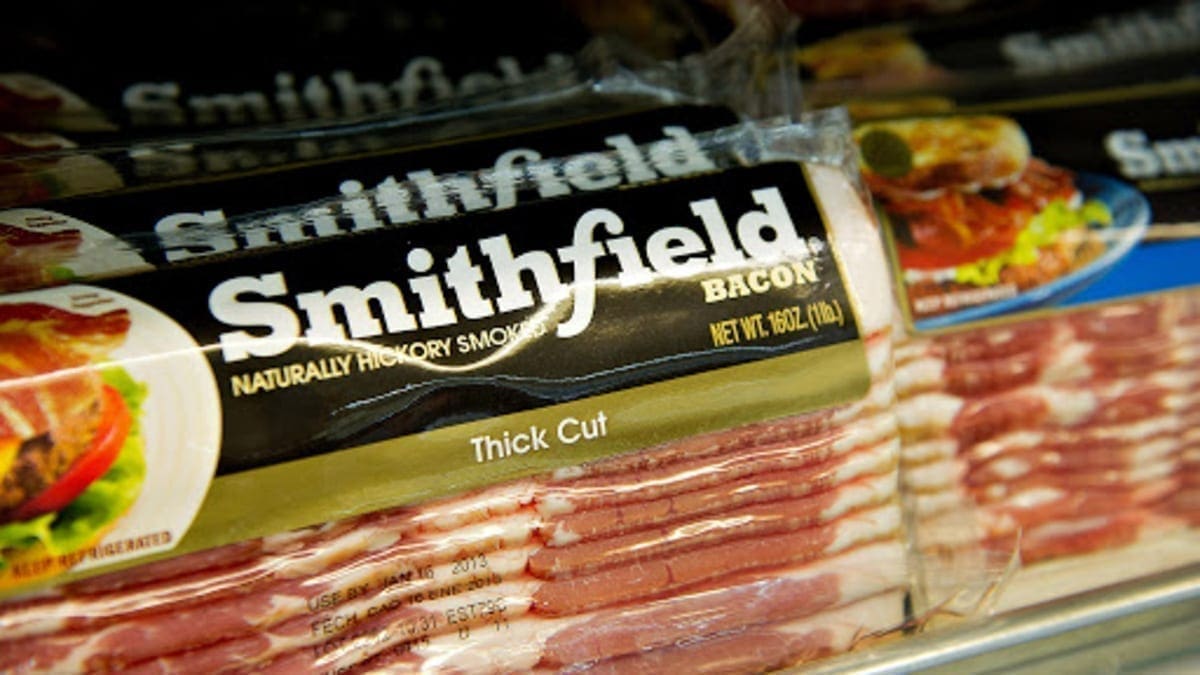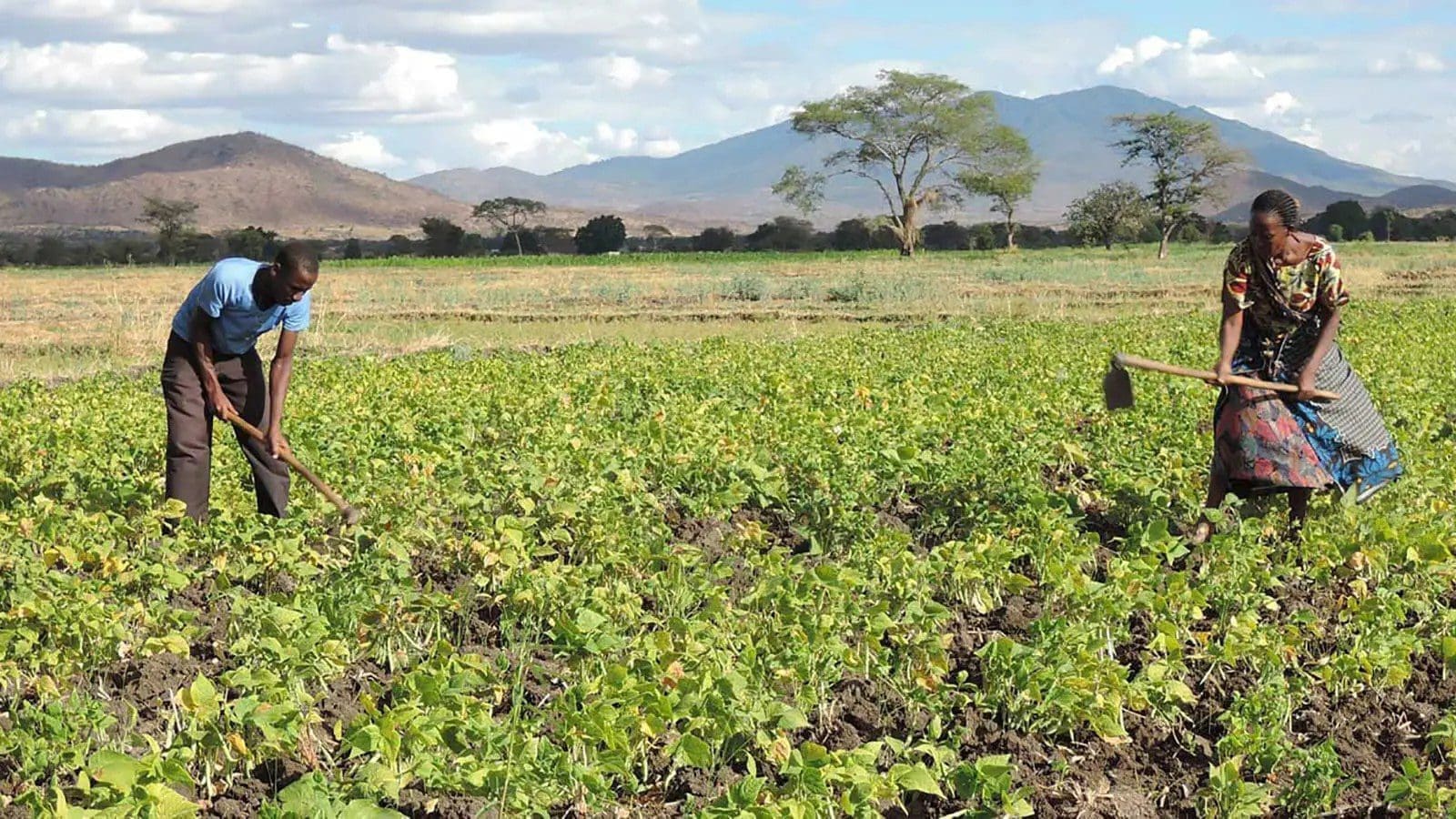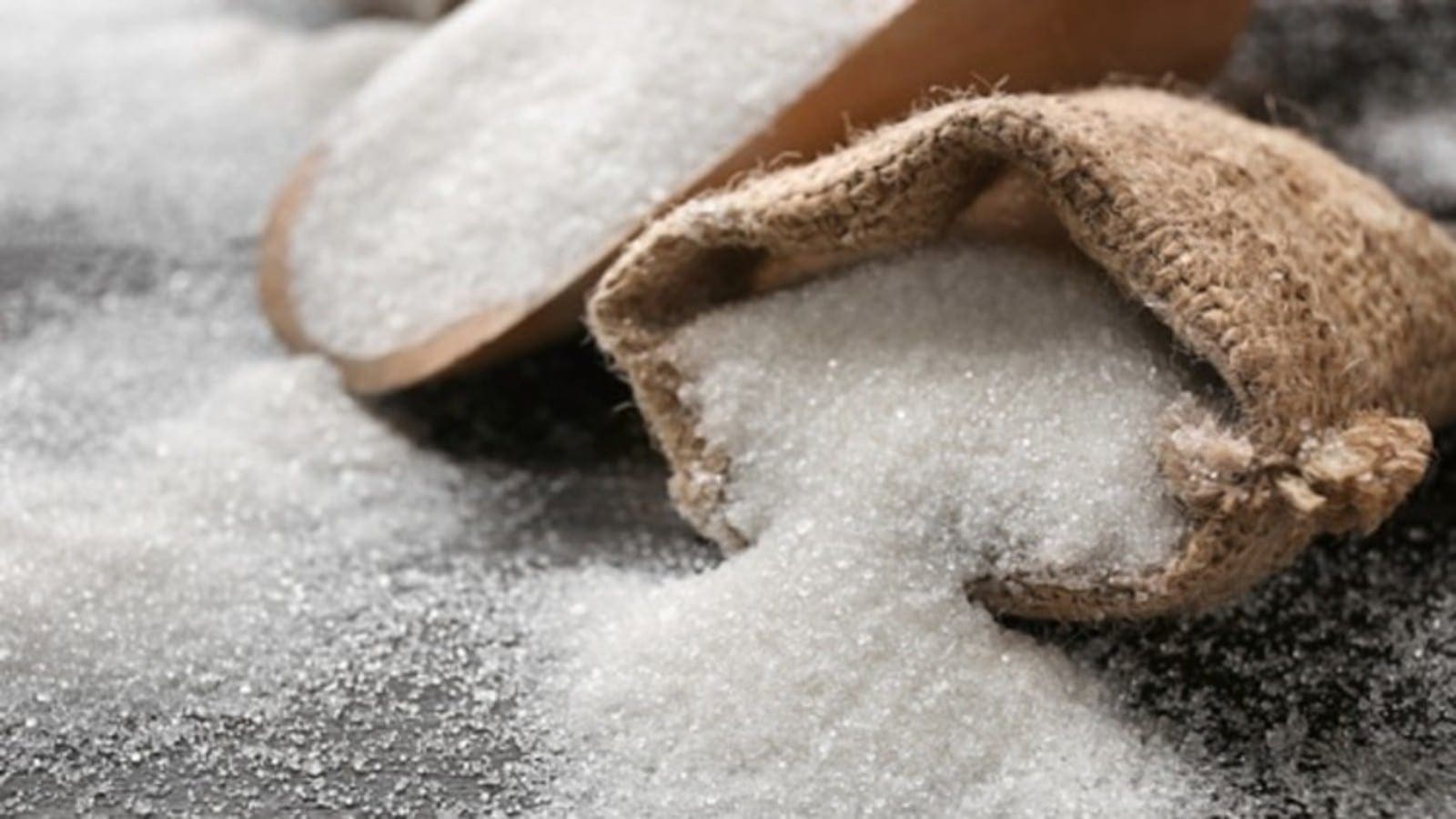USA – Smithfield Foods, Inc., a food processing company, has became the first major protein company to commit to becoming carbon negative in all company-owned operations in the United States by 2030.
A leader in sustainability for more than two decades, the company says it will go beyond carbon neutrality to effectively remove more carbon from the atmosphere than it emits. It will achieve this goal without purchasing carbon credits to offset emissions.
The announcement builds on Smithfield’s goal to reduce greenhouse gas emissions by 25% across its entire supply chain by 2025, which it announced in 2016. The following year, Smithfield launched a new sustainable energy platform, Smithfield Renewables, to accelerate its carbon reduction and renewable energy efforts.
“Smithfield pioneered bold carbon emission targets in our industry, and we are continuing to innovate long-term solutions across our industry-leading sustainability programme,”
Stewart Leeth – vice president and chief sustainability officer, Smithfield Foods
“Renewable energy is a cornerstone of our strategy to become carbon negative, and we have spent decades investing in and perfecting our approach,” Kraig Westerbeek, senior director of Smithfield Renewables and hog production environmental affairs at Smithfield Foods, said.
“Capturing methane and transforming it into RNG removes at least 25 times more GHGs from the atmosphere than are released from its end use in power plants, homes, vehicles and businesses, creating a cleaner environment and even more sustainable farms.”
The company aims to achieve its carbon negative goal by working with a wide range of partners on renewable natural gas ventures, regenerative agricultural practices, conservation activities and projects on transportation, logistics and packaging.
Examples include accelerating its biogas programme – which captures methane from hog manure on farms and transforms it into renewable natural gas (RNG) – and its wind and solar power generation. According to Smithfield, when completed, its wind power project is expected to account for more than 15% of its total energy usage across the US.
Additionally, the company is generating renewable natural gas from its wastewater treatment operations. Last year, Smithfield set a goal to cut its overall solid waste sent to landfills by 75% and achieve zero waste to landfill certification at 75% of its US facilities by 2025.
“Smithfield pioneered bold carbon emission targets in our industry, and we are continuing to innovate long-term solutions across our industry-leading sustainability programme,” said Stewart Leeth, vice president and chief sustainability officer at Smithfield Foods.
“To achieve this ambitious new carbon negative objective, work is already underway and will include a variety of strategies, including renewable natural gas ventures, regenerative agricultural practices, improvements in our animals’ diets, renewable electricity purchases and transportation, logistics and packaging projects.”
Smithfield Foods has spent US$350 million to protect its team members and the American food supply during the COVID-19 pandemic, causing adjusted operating results to swing to a loss in the second quarter of 2020.
Smithfield Foods, owned by China-based WH Group, is the largest U.S. pork producer with 930,000 U.S. sows in the 2019 Pork Powerhouses ranking.
“The first half of 2020 was a tale of two tapes: prepandemic and pandemic,” said Smithfield in a news release.
Prior to the onset of COVID-19 in the U.S., Smithfield said it delivered record results in the first quarter of 2020, which were 190% higher than 2019. However, the impact of the pandemic weighed heavily on the company’s second quarter, pushing adjusted operating results 140% below a year ago to a US$72 million loss.
Smithfield said it incurred both direct and indirect incremental expenses related to COVID-19 totaling US$350 million during the second quarter. This included US$195 million in people-related costs, US$125 million in facility-related costs and US$30 million in community-related costs.
Liked this article? Subscribe to Food Business Africa News, our regular email newsletters with the latest news insights from Africa and the World’s food and agro industry. SUBSCRIBE HERE











